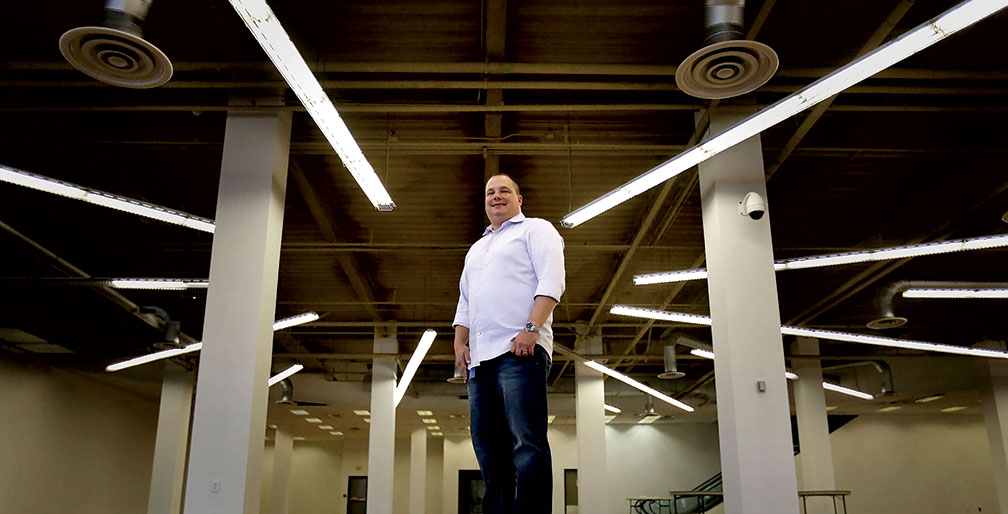The Ticker: Amazon Moves Up the Food Chain
Amazon is eating the world. Next up, grocery stores.
The company announced in June that it was purchasing grocer Whole Foods for $13.7 billion. The aftershocks were immediate on the NASDAQ: Whole Foods’ stock price went up almost 30 percent by the end of the day that the deal was revealed, and it is expected to keep rising. Moreover, other grocery chain stocks lost $22 billion in market value on the day of the announcement.
Why all the upheaval? Combined into one force, Amazon and Whole Foods can offer uniquely valuable services that will draw new customers. Share on X “Once Amazon owns Whole Foods, it could introduce new perks at the grocer for Prime members, such as an express checkout lane or Prime-member exclusive sales,” reports MarketWatch. Amazon’s recent talks with Dish Network Corp. may also lead to benefits, as Dish’s network would reduce technological blips that affect deliveries and the accuracy of Amazon Echo—the system by which many people order household goods.
The big question is whether grocery chains like U.S. industry leader Kroger could suffer the same fate as Borders and Circuit City, which both failed to survive Amazon’s encroachment on their respective brick-and-mortar realms. But big grocery incumbents may have reason to remain relaxed, as the industry remains profitable—roughly $675 billion is spent on groceries annually in the U.S. alone. Additionally, Whole Foods stores are found mostly in urban areas, which may ensure the supremacy of companies like Walmart in rural parts of the country.
All the same, David Tawil, president of hedge fund Maglan Capital, expects momentous change. “At least as it relates to groceries, we now have an answer that Amazon is serious,” he said in an interview with Fortune. “And when Amazon gets serious, frankly there is no limit to what they can do in terms of disrupting the space.”



